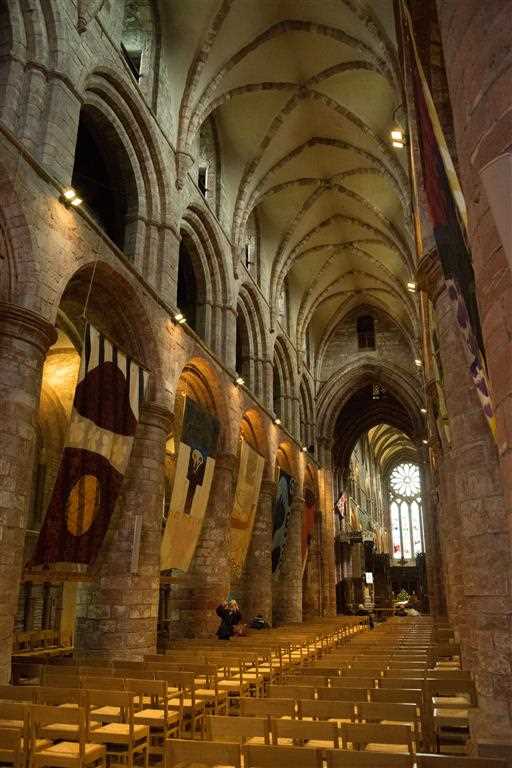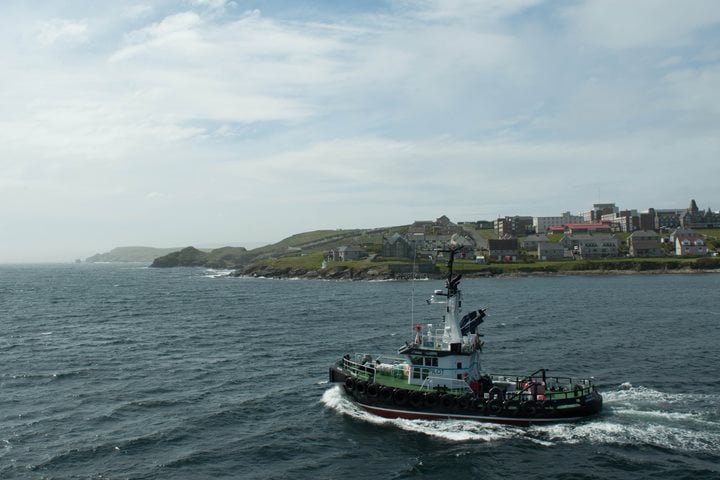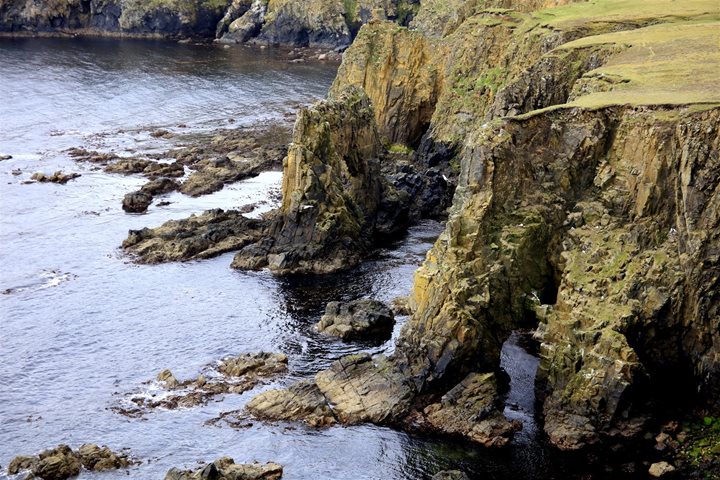While now considered to be quite a remote area, Orkney was in many ways a focal point of civilization in the Neolithic Age. Situated on a maritime crossroads between the North Sea and the Atlantic, Orkney was at the center of the northwest European maritime world at a time when communication by sea was far more efficient than by land. This morning we visited two iconic sites relating to this period: Skara Brae, and the Ring of Brodgar.
Skara Brae is a settlement which was kept in an incredible state of preservation under sand dunes until it was uncovered by storms, and subsequently excavated. Today it is maintained in remarkable condition, and we were fortunate enough to be able to view it.
The Ring of Brodgar is a classic Neolithic stone circle. Though its function is poorly understood, the spectacular scale of the monument implies great significance to the society who built it.
In the afternoon we visited some of Orkney’s other diverse offerings. A lot of our group went on a tour of the Scapa whisky distillery, where they got to see the process behind one of the most highly regarded single-malt whiskies in the world. Others went to visit St. Magnus Cathedral, which was built by the Norse and towers over the town with its distinctive red stone. It looks as much like a fortress as it does a church. They also visited an elegant Italian chapel which was constructed by Italian prisoners of war during WWII. Made entirely of improvised materials, the chapel is a nod to Italian Renaissance style and was a real labor of love for those who made it.
Moving away from history, many guests opted for a walk and birdwatching, taking in the islands beautiful landscape. Worthy of many days of exploration in their own right, the Orkney Islands are a true highlight of the circumnavigation of Britain and Ireland.






